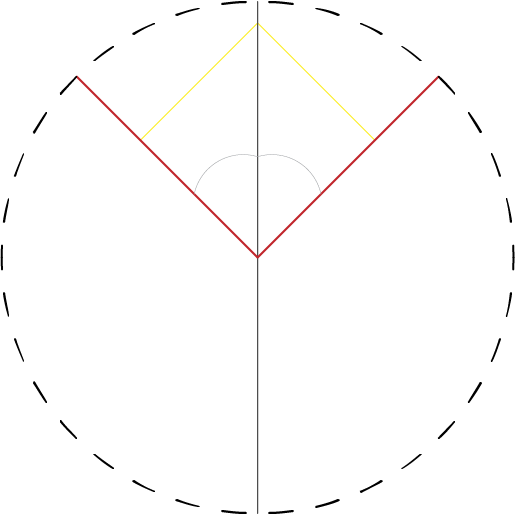RECONSTRUCTING THE PASTresearch; shape machine; rose windows
Tracery is not just a beautiful decorative element on the exterior of Gothic windows. It is the structure behind the stained-glass windows within the cathedral. Though tracery structurally supports the glass, the design allows viewers to conceive the extraordinary design and detail. The exterior detail of the rose window is as complex as the stained glass that it supports. The purpose of this software is to turn shape-based rules into complex structures.
Tracery is not just a beautiful decorative element on the exterior of Gothic windows. It is the structure behind the stained-glass windows within the cathedral. Though tracery structurally supports the glass, the design allows viewers to conceive the extraordinary design and detail. The exterior detail of the rose window is as complex as the stained glass that it supports. The purpose of this software is to turn shape-based rules into complex structures.









DURAND PRISONS
neoclassicism; columns; research
In large cities, there ought to be special prisons for every class of inmate. Humanity, justice, and above all morality forbid that criminals should be held within the same walls as men imprisoned for debt or for some youthful indiscretion. Far from reforming the latter - which is the purpose for which they are detained - this would expose them to the near-certain danger of turning as wicked as the villains they would meet and of becoming more of a nuisance to society than before. In lesser cities, where there can often be only one prison, that prison must at least be so designed that different classes of prisoner do not communicate. In all cases, the women must be kept entirely separate from the men.
In any prison, all possible care must be taken to render the place salubrious. The loss of liberty, however brief, is affliction enough, without adding diseases and the death that they all too often bring in their train - especially since some who lose their liberty have done nothing to deserve it.
neoclassicism; columns; research
In large cities, there ought to be special prisons for every class of inmate. Humanity, justice, and above all morality forbid that criminals should be held within the same walls as men imprisoned for debt or for some youthful indiscretion. Far from reforming the latter - which is the purpose for which they are detained - this would expose them to the near-certain danger of turning as wicked as the villains they would meet and of becoming more of a nuisance to society than before. In lesser cities, where there can often be only one prison, that prison must at least be so designed that different classes of prisoner do not communicate. In all cases, the women must be kept entirely separate from the men.
In any prison, all possible care must be taken to render the place salubrious. The loss of liberty, however brief, is affliction enough, without adding diseases and the death that they all too often bring in their train - especially since some who lose their liberty have done nothing to deserve it.
In the design for a prison, which we give on plate 19, and which is supposed to be for a large city, the endeavor has been to unite a maximum of salubrity with a maximum of security. Thanks to the enclosure wall that separates the prison from the neighboring houses, it would be surrounded by trees, refreshed by abundant springs; since no cell would be at ground level, which is entirely taken up with porticoes, all would be free of humidity. The infirmaries, located in pavilion taller than the rest of the building and open on every side, would cause no harm to the other parts. The prisoners, who would never congregate except in the yards or workshops at certain times of day, and who would be shut away for the rest of the time, each in a cell with its window facing onto the yard, could never conspire to escape; if any plot were nevertheless laid, it would inevitably fail, in view of the position of the four guardhouses placed at ground level, from which anything could be seen as it were at a glance, either outside or inside, either in the grounds or beneath the porticoes.
Precis of the Lectures on Architecture,168, Part III









